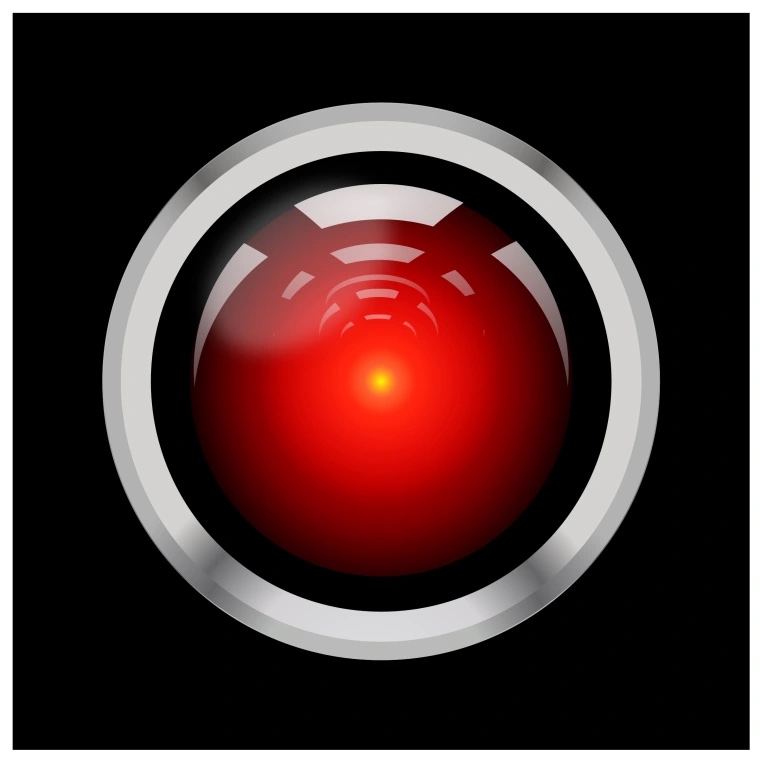The most basic aspects of both Bluebeard and Ex Machina are found in most aspects of everyday society today. With the twenty-fist century’s rapid communication revolution, the purely physical expectations for the female and male body are ever expanding. However, by taking a non-mortal element of artificial intelligence, the expectations of the subsequent female bodily creations all of Alex Garland’s character Nathan (Oscar Isaac), are far more menacing. Inherently, the addition of a plot line of test failures and thus, the nearly ten female form artificial intelligence prototypes, takes the somewhat impending element of increasing amounts of ‘e-girl’ internet sensations and makes them inherently menacing. The character of Nathan, by choosing to recreate multiple female forms of artificial intelligences, takes the expectations of the woman’s body, and inherently ties it to the death, or terminatioin, of the six, female, AI seemingly conscious beings that pre-date Ava (Alicia Vikander). These Artificial Intelligences’ deaths, or terminations, and even their bodies’ placements, are themes which tie it directly to the early-modern French tale of the wife murdering Bluebeard.
While the bulk of the argument around Bluebeard having its thematic links comes from professors Sonja Georgi at the University of Mainz, Germany and Katie Jones at Swansea University, UK, the combined readings of the film find the character of the wife, entering the one room she should not, as Caleb (Domhnall Gleeson), and thus Nathan (Oscar Isaac) portraying Bluebeard. While the element of not entering a single room does not come into play, the props themselves do, with parts of bodies, as with parts of pre-Ava AI prototypes, hidden in the wall cupboards (Jones; 2016). However, the difference between the narratives of Bluebeard and the narratives of Ex Machina (2015), begin solely with the identity of the characters. While Caleb serves as a model of realization that he is surrounded by what seemingly could be classified as death, with arguably conscious beings hoping escape, his sex differentiates him from the models he is witnessing. Fundamentally, the only female characters seen in the film face their perceived fear of an end-date or moment of death until their escape. Therefore, the true perceived fear that permuates the wife of Bluebeard, played by Caleb, has continuously applied to Ava, and likewise Kyoko (Sonoya Mizuno) since the conception of their existence. While the wife of Bluebeard, as well as its audience perceives the six corpses of the murdered previously betrothed wives at the hands of the title character as real, conscious beings who were killed, the only characters who can truly view the prototype corpses in Nathan’s closet as being killed are Kyoko, Ava, and other artificial intelligences.
Jones, Katie. “Bluebeardean Futures in Alex Garland’s Ex Machina (2015).” Gender Forum: An Internet Journal for Gender Studies. Vol. 58. 2016.
Georgi, Sonja. “Female Cyborgs, Gender Performance, and Utopian Gaze in Alex Garland’s Ex Machina.” Zagadnienia Rodzajów Literackich 63.1 (2020): 39-49.

Leave a Reply